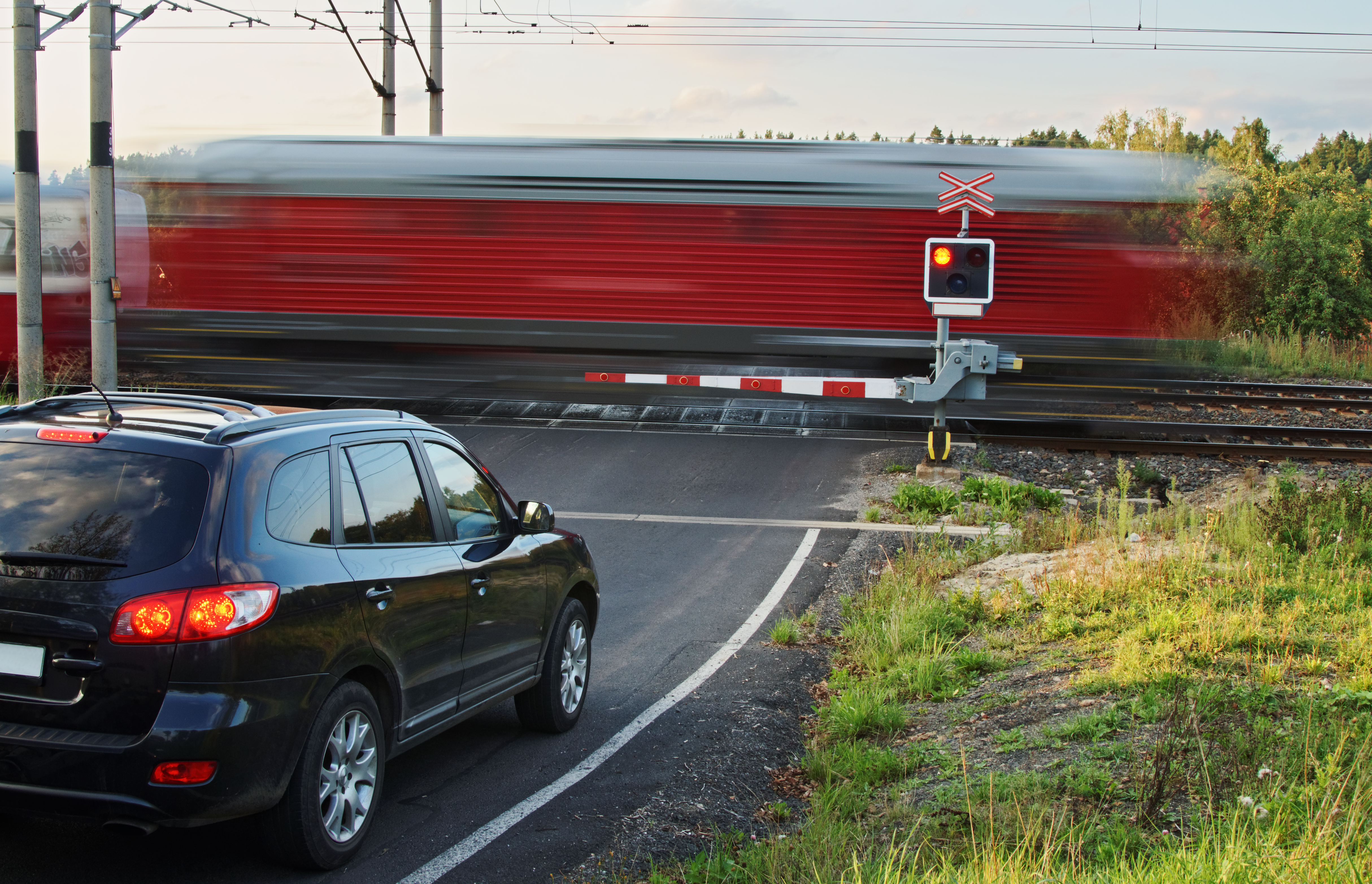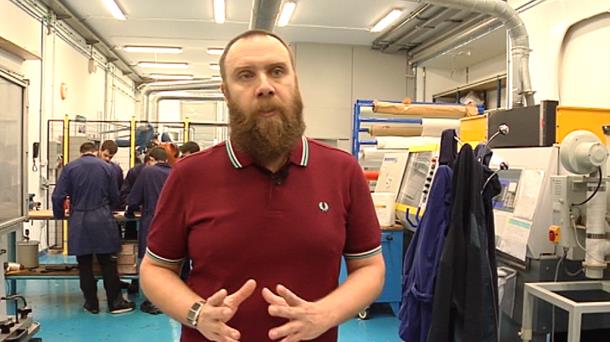TAV and electric car, when and to what extent?
2023/06/01 Kortazar García, Andoni - Politika Publikoak eta Historia Ekonomikoa, EHU.EKOPOL ikerketa-taldea | Urretxo de la Fuente, Leire - Ingeniari elektronikoa. Automozioko irakaslea Lanbide Heziketan Iturria: Elhuyar aldizkaria

Among emergency climate strategies, transport plays an important role. Proof of this is the investments made in recent years to transform the sector. In people’s mobility, for example, public policies have been driving high-speed trains and electric cars for years. However, these projects have not been implemented: Deadlines for the APR are extended over and over again, and combustion motor cars remain in the majority as opposed to electric motor cars.
Why has the TAV and the possibilities of the electric car not yet come true? And even if projects were carried out, that is, if the TAV and the electric car were to replace the combustion car, how would the climate affect the objectives related to the emergency?
An expert per area answered these questions: Andoni Kortazar García and Leire Urretxo de la Fuente, respectively.
The high-speed train in ecological transition
Andoni Kortazar García
Public Policies and Economic History, UPV/EHU. EKOPOL Research Team
The world is experiencing an unprecedented environmental crisis, with continuous records of high temperatures and an uncertain and disturbing future. Global warming and climate change are realities that require immediate attention and effective responses. In addition to long-term plans and actions, immediate and urgent measures are needed. Consequently, the European Union (EU), in accordance with the European Green Agreement, has agreed to reduce greenhouse gas (GHG) emissions by at least 55% by 2030 compared to 1990 and to achieve emissions neutrality by 2050. Ambitious targets have therefore been set, but the last uncertainties will not suffice.
Transport emissions account for one third of the total greenhouse gas emissions of the Autonomous Community of the Basque Country, and instead of reducing them, they have increased considerably in recent years. Transport policy therefore plays a key role in mitigating climate change. Thus, within the framework of a common strategy on sustainable mobility, the promotion of more environmentally friendly modes of transport has been initiated. It appears that the high-speed train (TAV) will fill this gap, as it has often been presented by policy makers as a sustainable means of transport, which contributes to the achievement of these environmental objectives or is an essential instrument for the ecological transition of the country.
However, these alleged benefits come only from the analysis of the functioning of the network and the environmental burdens associated with the construction and maintenance phases of the infrastructure are not taken into account. Analyses that do not account for the impacts of infrastructure construction are very common to underestimate total life cycle emissions. The environmental burdens generated by this unique TAV project for the transport of passengers and goods during the construction phase will not be scarce, so their accounting is necessary from the point of view of transparency.
Our analysis, through life-cycle methology (BZO), analyzes project environmental loads throughout its lifetime (including construction and use phases) in relation to greenhouse gases and energy consumption. The results estimate the capacity of the Basque Y to alleviate climate change, reduce energy consumption and reduce other environmental impacts. In a context of major environmental crisis, this project, far from improving, can worsen.
Two are the factors that most influence this: on the one hand, the mountainous terrain of the region, which requires the construction of larger and complex structures, which implies a higher consumption of resources and energy, and on the other hand, the low demand for transportation of the project. The demands of passengers and goods foreseen in this project are far from the demands of other projects, which negatively impacts their environmental balance.
We can therefore conclude that the “Basque Y” distances us from the environmental objectives established between the causes and, furthermore, is not a means of transport that Basque society will need in the ecological transition. The situation requires alternatives that generally lead to a reduction in aggregate demand, such as the promotion of proximity in the transport sector in order to avoid transport needs and the increase in the occupancy rates of transport, among others.
Finally, we should remember what the European Environment Agency said in 2020: “Current efforts to limit the sector’s environmental and climate impacts in Europe are not sufficient to meet the long-term objectives of EU meteorological and environmental policy.”
Reduced speed electric vehicle
Leire Urretxo de la Fuente
Electronic engineer. Automotive Professor in Vocational Training
We have been waiting for the presence of the electric vehicle in our cities, towns and roads for some years. Many people believed or perhaps wanted to convince us that the electric vehicle would replace the existing vehicle fleet, that is, vehicles with motor combustion and so much environmental pollution, both petrol and diesel fuel, would disappear. But the current reality is very different.
However, it appears that large automotive companies are increasing the manufacturing and marketing of electric vehicles, but not at the speed expected a few years ago. The sale of electric vehicles is also increasing, albeit slowly. In the March sales price, for example, according to the ACEA (European Autile Manufacturers’ Association), 24.3% of the cars sold were hybrid and 13.9% electricians.
Faced with the climate crisis and the latest energy crisis, some countries have announced their firm intention to withdraw from the market combustion vehicles using fossil fuels in a very short time. The United Kingdom, for example, has a time horizon up to 2030.
Faced with this intention and prediction, in the present reality there are no clear alternatives to combustion vehicles. Concerning the technology of electric cars, manufacturing costs, the shortage of raw materials needed to produce electric motors and batteries, their low autonomy and the lack of vehicle charging infrastructure make it difficult for these vehicles to be completely replaced by combustion engines using fossil fuels.
In fact, electric cars are currently very expensive and, from the point of view of their use, users who choose them will have many problems. On the one hand, the average autonomy in the market for electric vehicles is 250-300 kilometres. On the other hand, charging infrastructure, connected to the conventional power supply we have in our homes, the battery takes about 10 hours to charge, and if we don't have any other consumer device connected with a conventional power we have contracted, it's a problem for many users. Therefore, in addition to the economic effort involved in purchasing a new car, these difficulties of lack of autonomy and point loading must be taken into account.
In order to resolve this situation, major investments are being made in charging infrastructure for electric vehicles in most countries of the European Union, but at the moment the millions of vehicles that we currently have on roads if they were electric would not be enough.
On the other hand, given that all this has as its fundamental objective to promote the protection of rumena and the reduction of knowledge levels, there are doubts about the footprint of electric vehicles and there is still a long way to go in research on the reuse and recycling of batteries.
I would therefore dare to say that we are not going to see the massive arrival of electric vehicles, although at present there seems to be an intention to replace diesel and petrol vehicles. Change will not be rapid and significant progress will have to be made in other technologies such as the hydrogen stack, synthetic fuels, etc., if the automotive industries want to maintain their current economic potential.
However, we may not forget that all these technological developments will be in the interests of governments and companies with great economic power. If we, ordinary users, are interested in protecting and polluting our environment less, it would perhaps be more effective if we started to make changes on our own in social organization, consumption habits and mobility models.

Gai honi buruzko eduki gehiago
Elhuyarrek garatutako teknologia





